This article explores the complex and sensitive issues surrounding grooming gangs in the UK and the undeniable impact of Islamophobia in the national discourse. Over recent years, the topic of grooming gangs has emerged not only as a significant criminal concern but also as a contentious social issue intertwined with racism and Islamophobia.
In examining this intertwined narrative, it’s crucial to delve into the various perspectives on how media representation, political rhetoric, and societal attitudes play a role in shaping public opinion. Moreover, it invites us to question who the real victims are amidst the storm of accusations and prejudices.
Background of the Grooming Gangs Debate
The phenomenon of grooming gangs in the UK has become a focal point for discussions around race, Islamophobia, and social responsibility. In the past decade, incidents in places like Rotherham and Rochdale have propelled this issue into the spotlight as media outlets and politicians gain both support and backlash for their statements and actions.
To understand the significance of this issue, one must look beyond the sensational headlines and explore the broader social implications.
The Historical Context
The narrative surrounding grooming gangs dates back to the early 2000s, with a significant number of cases involving predominantly British-Pakistani men convicted of sexual offences against vulnerable white girls. This clear demographic intersection has sparked a fierce debate on racism and Islamophobia, with critics arguing that the media often fails to address the underlying social issues at hand, instead opting for sensationalism.
It’s essential to dissect how these narratives are not merely about criminality but involve race, culture, and institutional failure, where girls from disadvantaged backgrounds fall prey to predatory behaviours. The intertwining of these elements creates a volatile environment where real victims are often overshadowed by rampant speculation and prejudice.
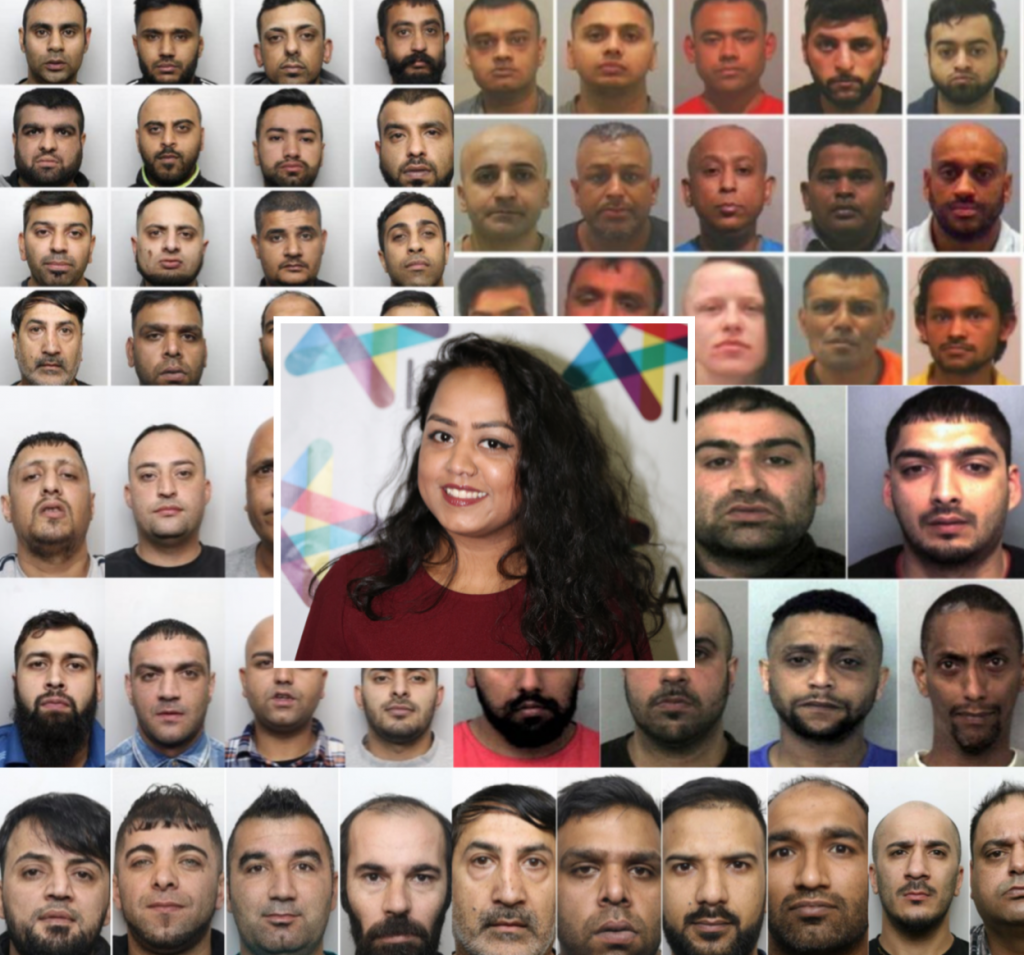
Media Representation and Its Influence
Media portrayal of grooming gangs arguably plays an instrumental role in shaping public perceptions. Many journalists, in a bid to attract viewership, emphasize the ethnic and religious backgrounds of the offenders while simultaneously downplaying the context or social conditions of the victims.
This kind of framing can perpetuate Islamophobic sentiments, leading to a generalized fear of diverse communities. It’s essential to address how the media can either contribute to a better understanding of the complexities involved or drive further division through sensationalist headlines that often favor one narrative over another.
Consider how a headline reads ‘Pakistani Muslim Grooming Gangs’ versus ‘Gangs of Predators Targeting Vulnerable Youths.’ The former directs audience focus swiftly to ethnicity and religion, while the latter highlights the victims’ plight, emphasizing necessary societal concern and action.
Political Rhetoric: Fear vs. Responsibility
Political leaders, particularly during questioning times in Parliament, utilize language that can either support or dismantle stereotypes. During recent PMQs, MP Kemi Badenoch raised critical points about Labour’s alignment with the All Party Parliamentary Group on British Muslims, suggesting their definition of Islamophobia inhibits public discussion. Her statements opened a can of worms about how political correctness might hinder legitimate dialogue about serious crimes.
This type of rhetoric can exacerbate fears and misunderstandings rather than serve as a catalyst for productive discussions. Members of Parliament must tread carefully, ensuring that their words don’t ignite further Islamophobia or foster anti-Muslim sentiments when attempting to tackle issues that genuinely require attention.
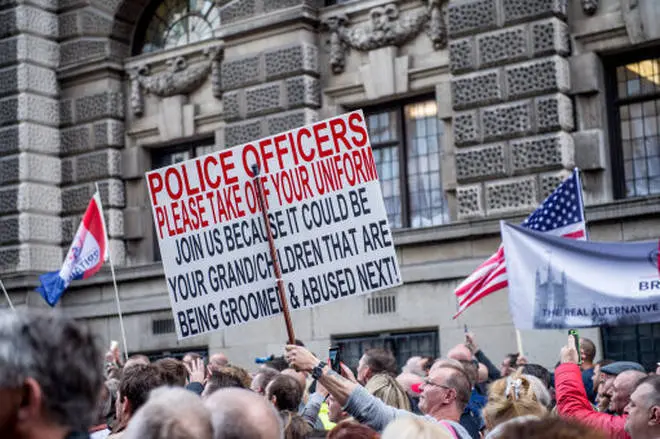
Exploring the Impact on Victims
Perhaps the most crucial aspect overlooked in the debate surrounding grooming gangs is the impact on the actual victims themselves. These young individuals, often from marginalised backgrounds, are victimized by predatory behaviour but also prolonged isolation through the stigma attached to their experiences.
The Life of Victims
The aftermath of such harrowing experiences can lead to lifelong psychological trauma and societal alienation. The focus should be on providing adequate support to these victims rather than allowing political or social narratives to overshadow their plight. Failing to give them a voice only perpetuates their suffering and isolates them further.
It is imperative to create systems of support that cater specifically to the needs of affected individuals, ensuring their voices are heard in a debate that could reshape community understanding and accountability.
Community Responsibility
Addressing grooming gang issues inherently involves community responsibility. It demands both local and national stakeholders to come together and engage fully with these topics sensitively and knowledgeably.
Effective community programs, education, and open dialogues can lead the conversation towards actionable solutions, rather than merely rehashing the same divisive narrative over and over. Communities, too, must urge their leaders and peers in these matters for accountability, empathy, and practical assistance to those harmed.
Racism and Its Evolution in the Debate
The discourse surrounding grooming gangs inevitably transitions to the broader conversation regarding the rise of racism and stereotypes tied to these crimes. As different communities engage with the crimes and their implications, racial profiling often intensifies.
Understanding Societal Reactions
Societal reactions to grooming gang cases can reveal deep-rooted prejudices, prompting not just sympathy for victims but also a backlash against particular ethnic groups. This sometimes translates into movements spearheading equality, much to the dismay of others who may feel threatened.
The question arises: how do we strike a balance between acknowledging the facts of these crimes while also ensuring that racially motivated sentiments don’t heighten society’s existing divides?
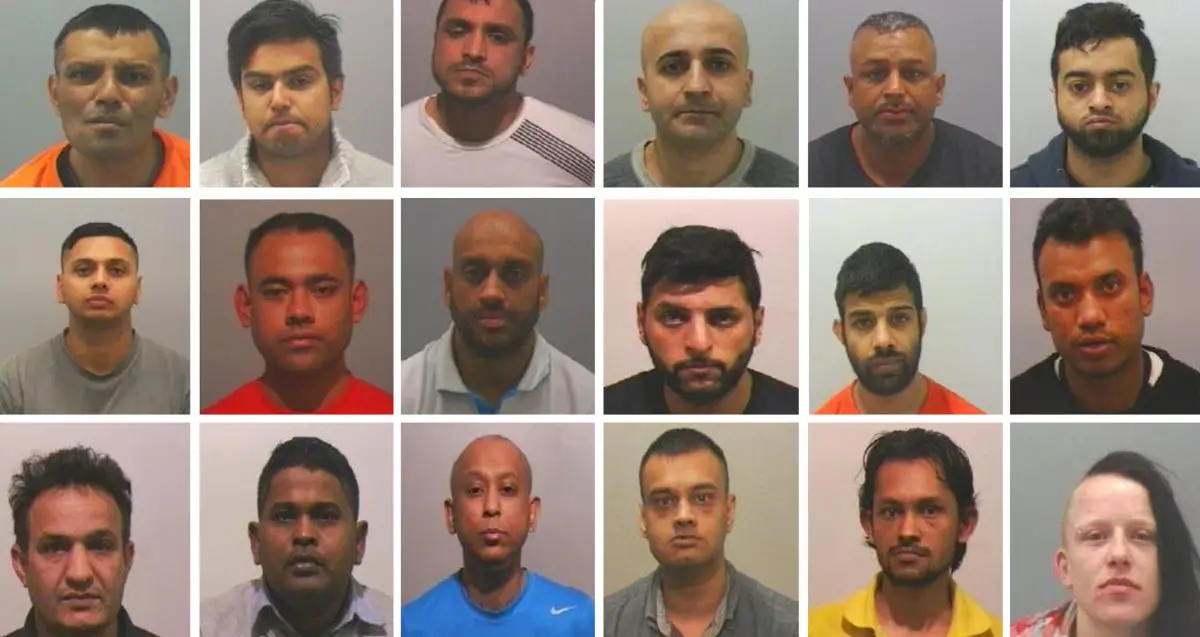
Navigating Conversations About Race and Responsibility
To navigate these complicated themes of race, responsibility, and accountability, it’s vital to engage in honest dialogue. The intersectionality of culture, religion, and social dynamics creates a labyrinth of issues that warrant exploration.
Prominent voices in society, including community leaders, activists, and academics, must involve themselves in this dialogue, enabling constructive strategies to foster greater community solidarity.
Collaborative efforts are necessary to bridge the gap that is so often polarized around the discussions of grooming gangs, stemming from the need for understanding and respect for one another.
Future Pathways for Discussion and Action
Facilitating constructive conversation requires mindful engagement and the ability to face discomfort with honesty. Moving forward, it is essential to create environments where issues surrounding grooming gangs and Islamophobia can be discussed openly without fear of retribution.
The Role of Education
Education remains a crucial pathway for fostering understanding. Implementing educational programs in schools and communities can empower young people to engage with these topics critically. They must be educated not just about the realities of grooming gangs but also about Islamophobia and how it affects community dynamics.
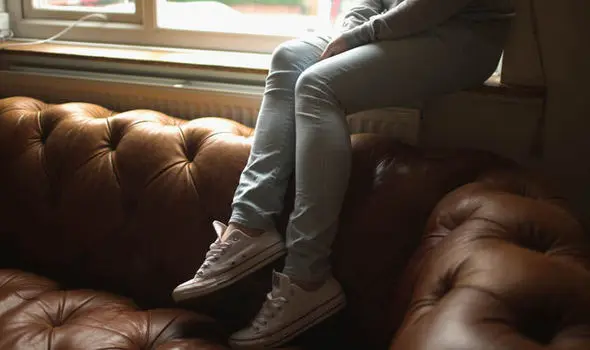
Encouraging Policy Change
Policy changes are essential in addressing structural failures that enable grooming gangs to operate. Legislative actions should ensure that law enforcement and social services prioritize the welfare of victims and intervene in a timely manner.
Engaging with policymakers and advocating for policies that protect victims and hold perpetrators accountable is crucial to create a robust framework that addresses both crime and its societal implications.
Community Actions and Support Networks
Communities have a pivotal role in shaping the narrative regarding grooming gangs and how they’re addressed. Grassroots movements can mobilize efforts that embody understanding and compassion for the victims while striving to dismantle harmful stereotypes.
Creating Safe Spaces
Creating safe spaces for victims to speak out and share their experiences is paramount. Establishing dialogue circles or support groups can empower individuals while educating the community on the gravity of the issue.
This encourages victims to come forward without fear or stigma and emphasizes that their voices matter in shaping discussions around effective prevention strategies.
The Importance of Advocacy
Advocacy across various platforms presents ample opportunity to foster awareness and action. When influential personalities or activists raise their voices in support of victims, it can lead to greater societal change.
Collaborating with existing charities, establishing campaigns, and leveraging social media can significantly amplify these efforts, creating a collective push against both grooming gangs and Islamophobia.
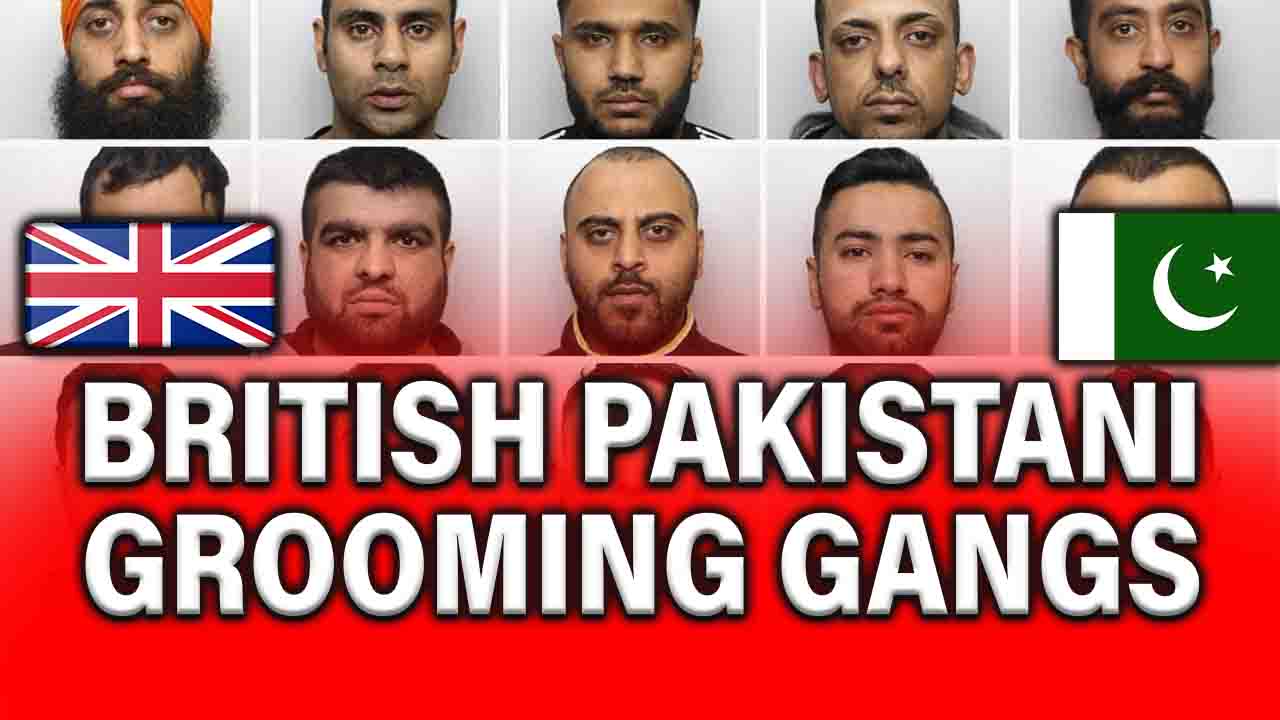
Source: www.spectator.co.uk
Hi, I’m Sarah, a 30-year-old journalist with a passion for storytelling and uncovering the truth. I strive to bring important issues to light and connect with my audience through compelling narratives.



